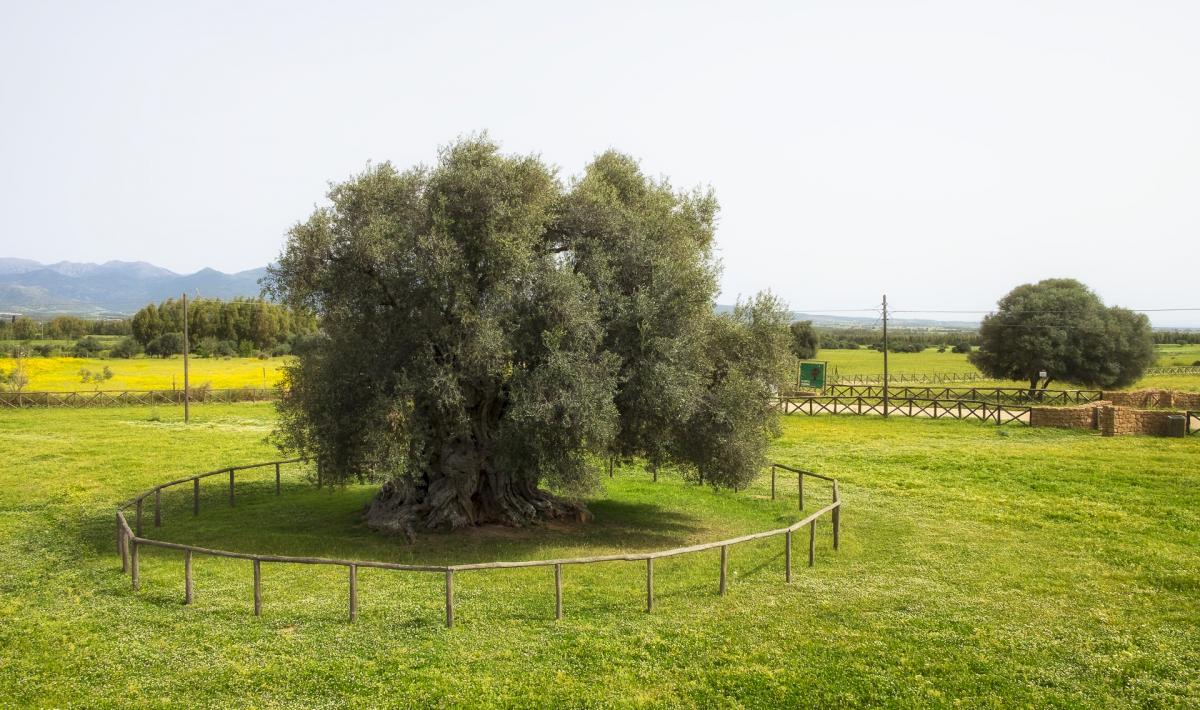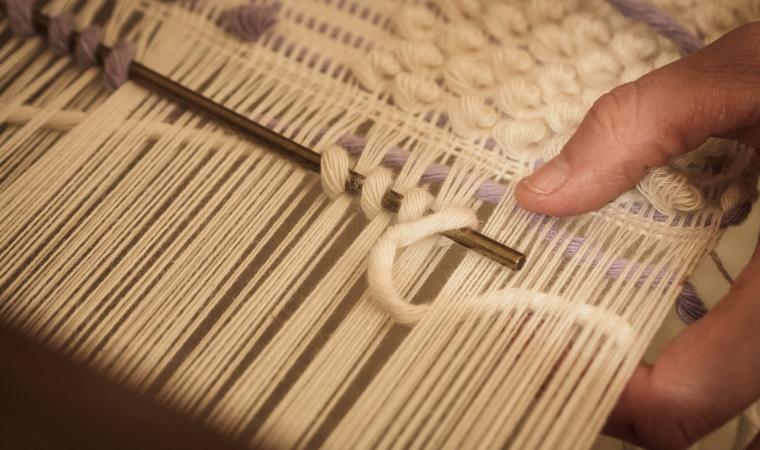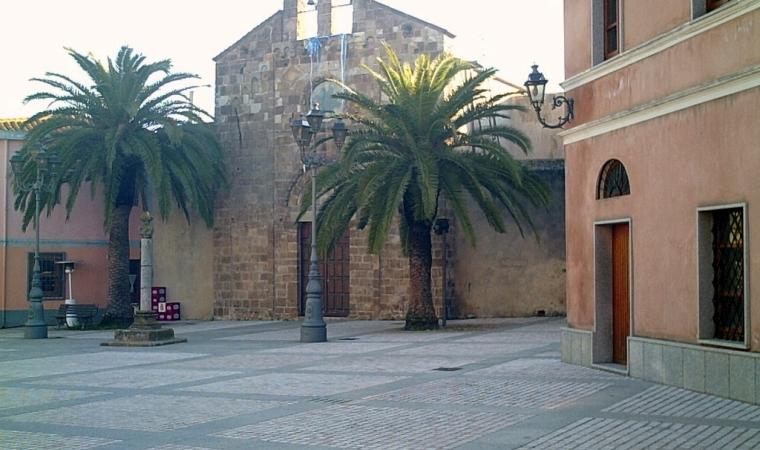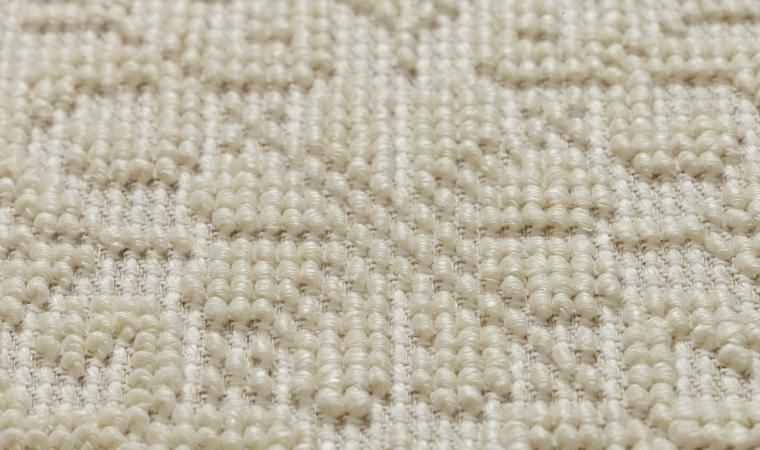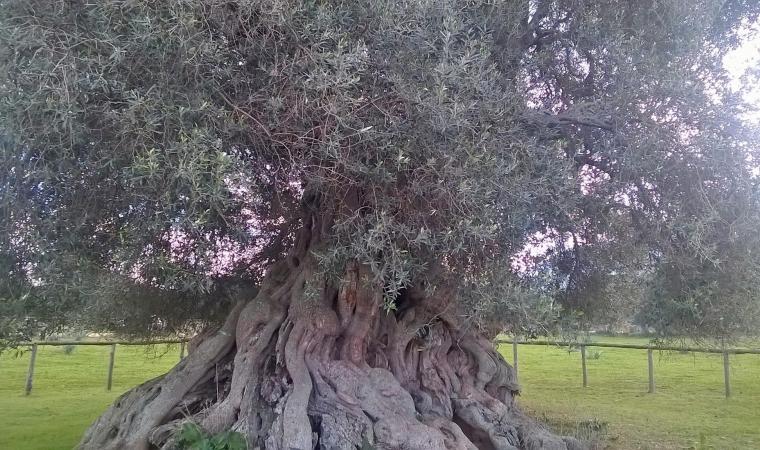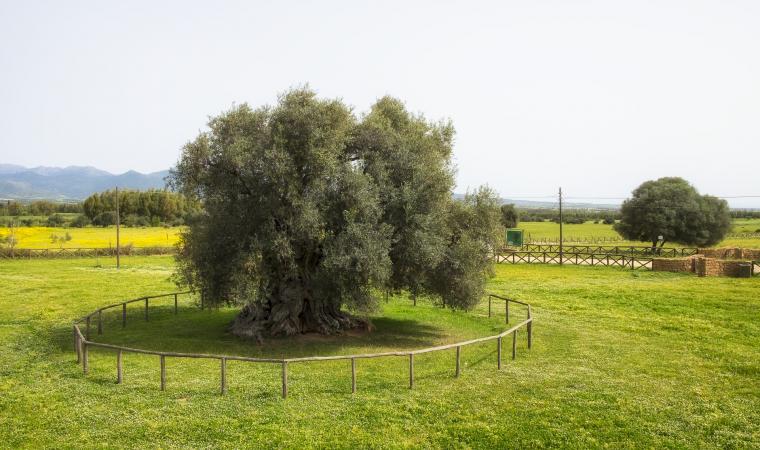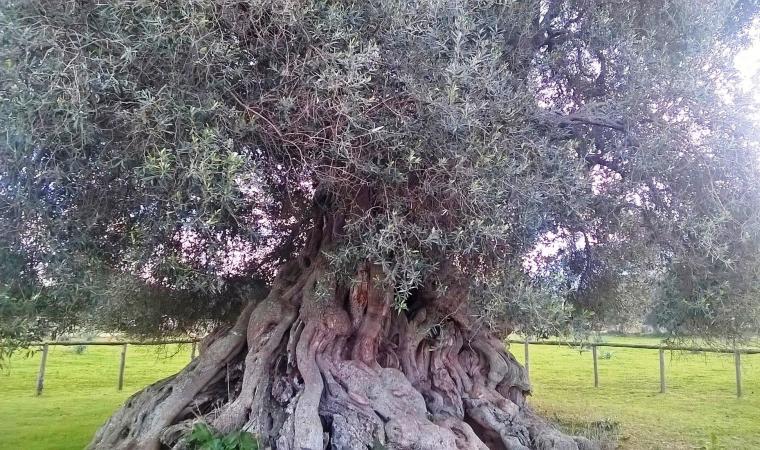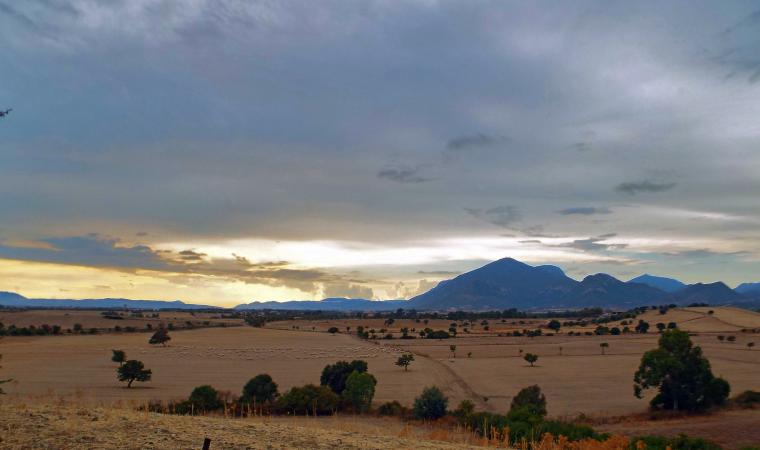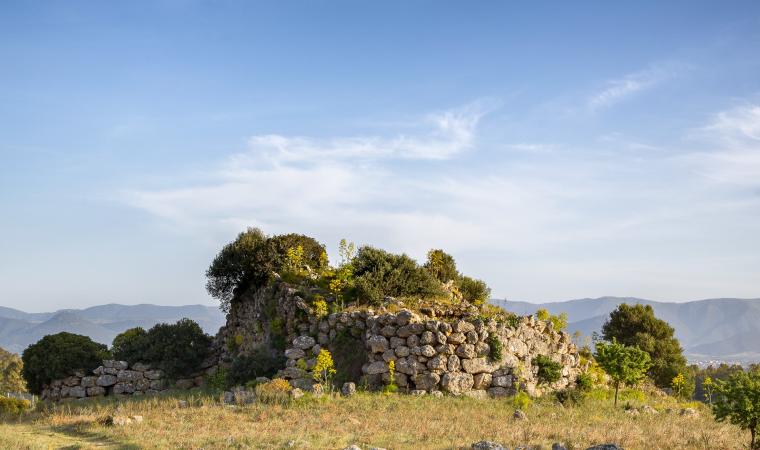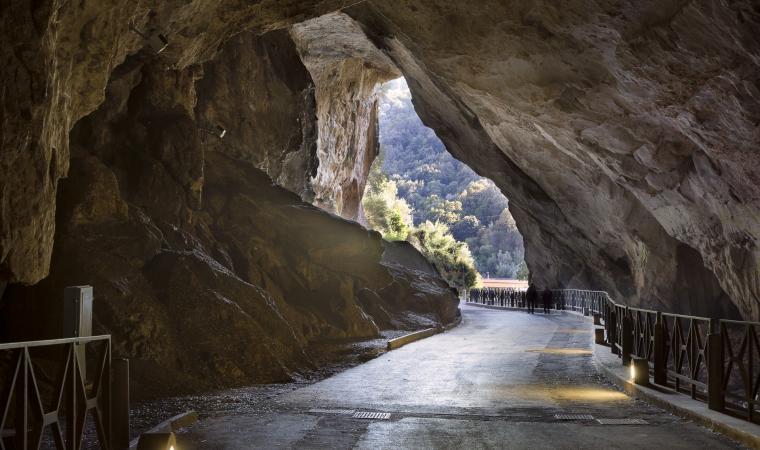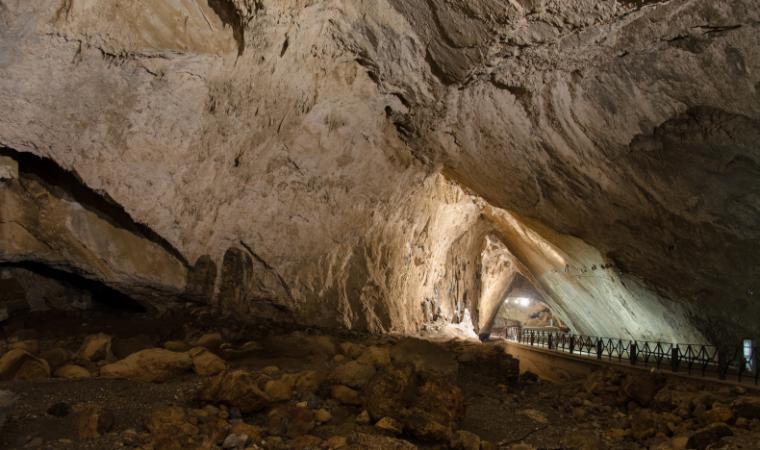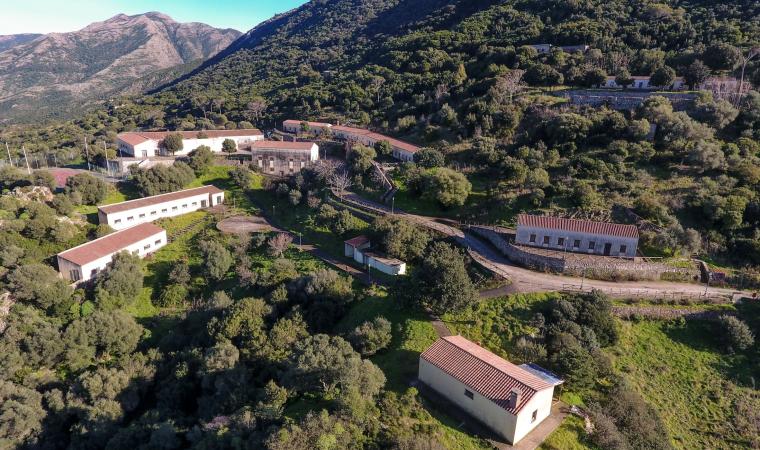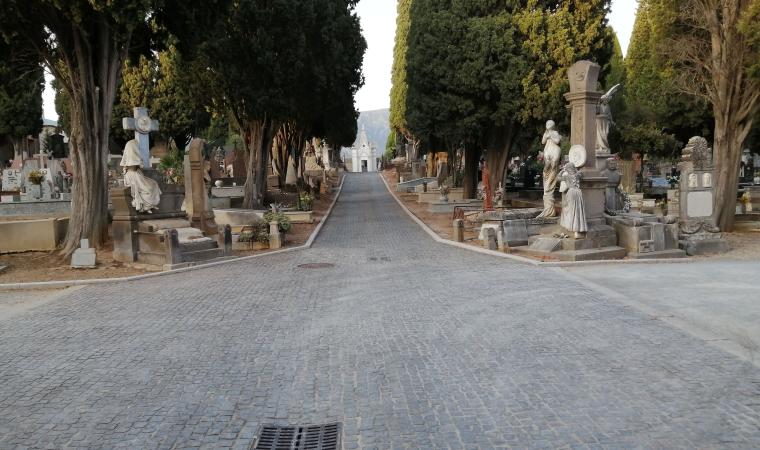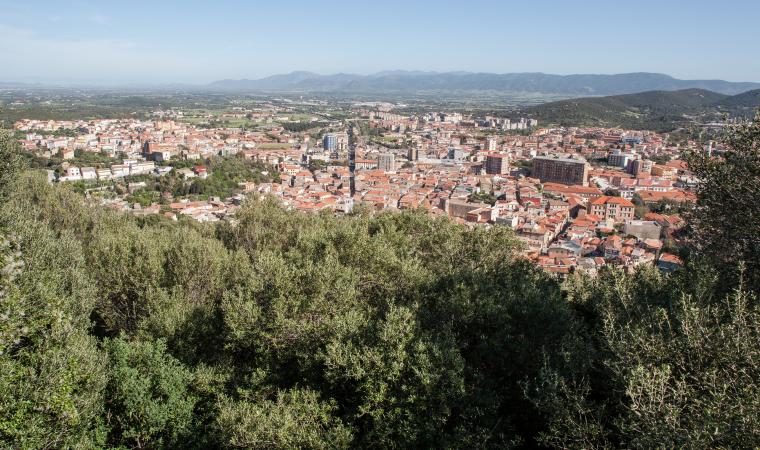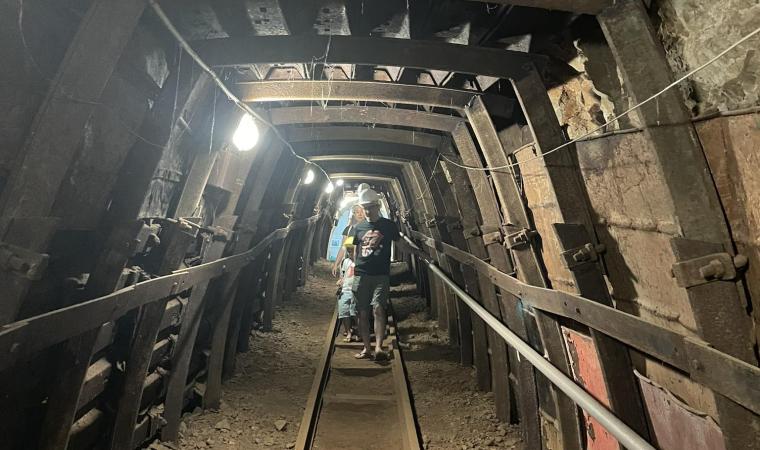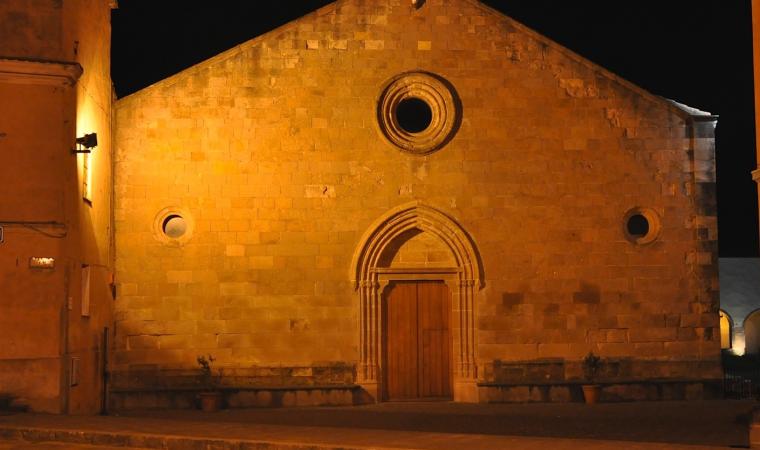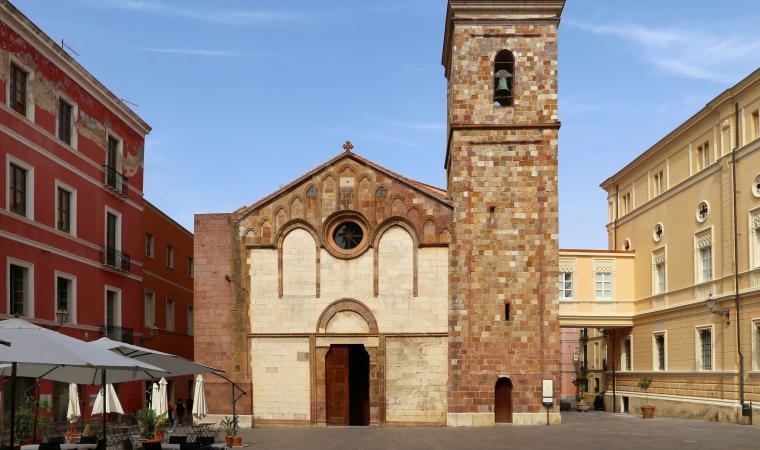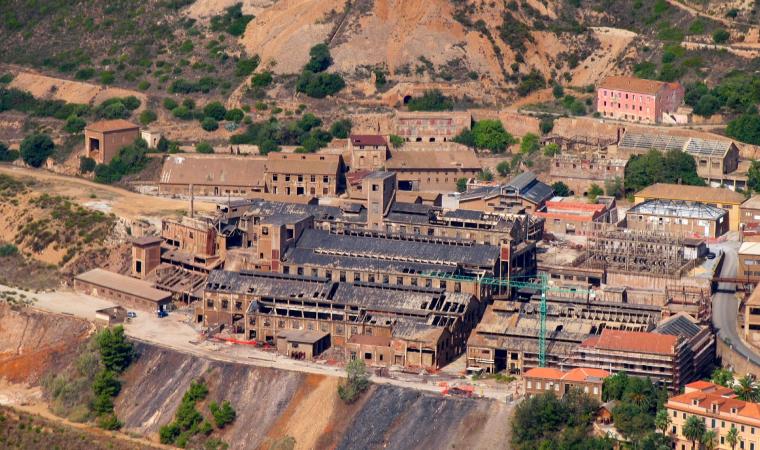It lies in the valley of the Cixerri river, surrounded by the hills of the Iglesiente region. Villamassargia is a village with fewer than four thousand inhabitants, in which ancient textile traditions are still intact: numerous artisan workshops produce rugs, tapestries and household articles. The creation of objects made of wrought iron and wood is also remarkable. The agri-food products are of excellent quality: from cheeses to olives and olive oil, bread and pastries. In the old town centre, there are typical agricultural-pastoral houses next to two religious buildings. One is the parish church of Madonna della Neve, originally built during the first decade of the 12th century by the Benedictines and today it has a Gothic-Catalan style, resulting from the various phases of its reconstruction between the 14th and 16th centuries. The second one is the church of Nostra Signora del Pilar, that offers an uncommon factor in Sardinian medieval art: from an epigraph on the facade, not only can the date of its construction be obtained (1318), but also the name of the builder (Arzocco de Garnas). It was first named after San Ranieri, celebrated at the beginning of September. The façade, which is Romanesque style, has maintained its original appearance, in sedimentary rock, with a depiction of Eve with the snake. There is a beautiful rose window over the entrance portal.
Villamassargia reached its maximum splendour during the Middle Ages, when it became the capital of a curatory in the Guidicato of Calari. The Castle of Gioiosa Guardia, dates back to this period and its ruins are located on a hill four kilometres from the village. The name indicates the role of control it held over the valley of the Cixerri river. It was built between the 12th and 13th centuries and is made entirely of andesite, at the behest of the counts Della Gherardesca. It was later possessed by the republic of Pisa and, in the end, it was absorbed by the Aragonese. At the foot of the fortress, there is an open air museum, S'Ortu Mannu, where there are more than 700 majestic centuries-old olive trees, transplanted there between 1300 and 1600, with robust and knotted twisted trunks. One of them, Sa Reina, has a trunk of over 16 metres in diameter, a natural monument. At the end of October, the feast of the olives takes place in the park.
Villamassargia participated in the mining epic of Sulcis. The greatest legacy of industrial archaeology is the mine of Orbai, nestled in a forest and already used in the Roman era and abandoned in the nineteen sixties. Lead and zinc were extracted there. The territory is also dotted with archaeological sites, from the Ancient Neolithic period, as is confirmed by materials found inside the grotto of Corongiu Acca. The numerous Nuraghi date back to a later period (2nd millennium BC) among which Santu Pauli and Monte Exi, Tombs of Giants of Mount Ollastu and several sacred wells. An aqueduct and foundries date back to the Roman period.

